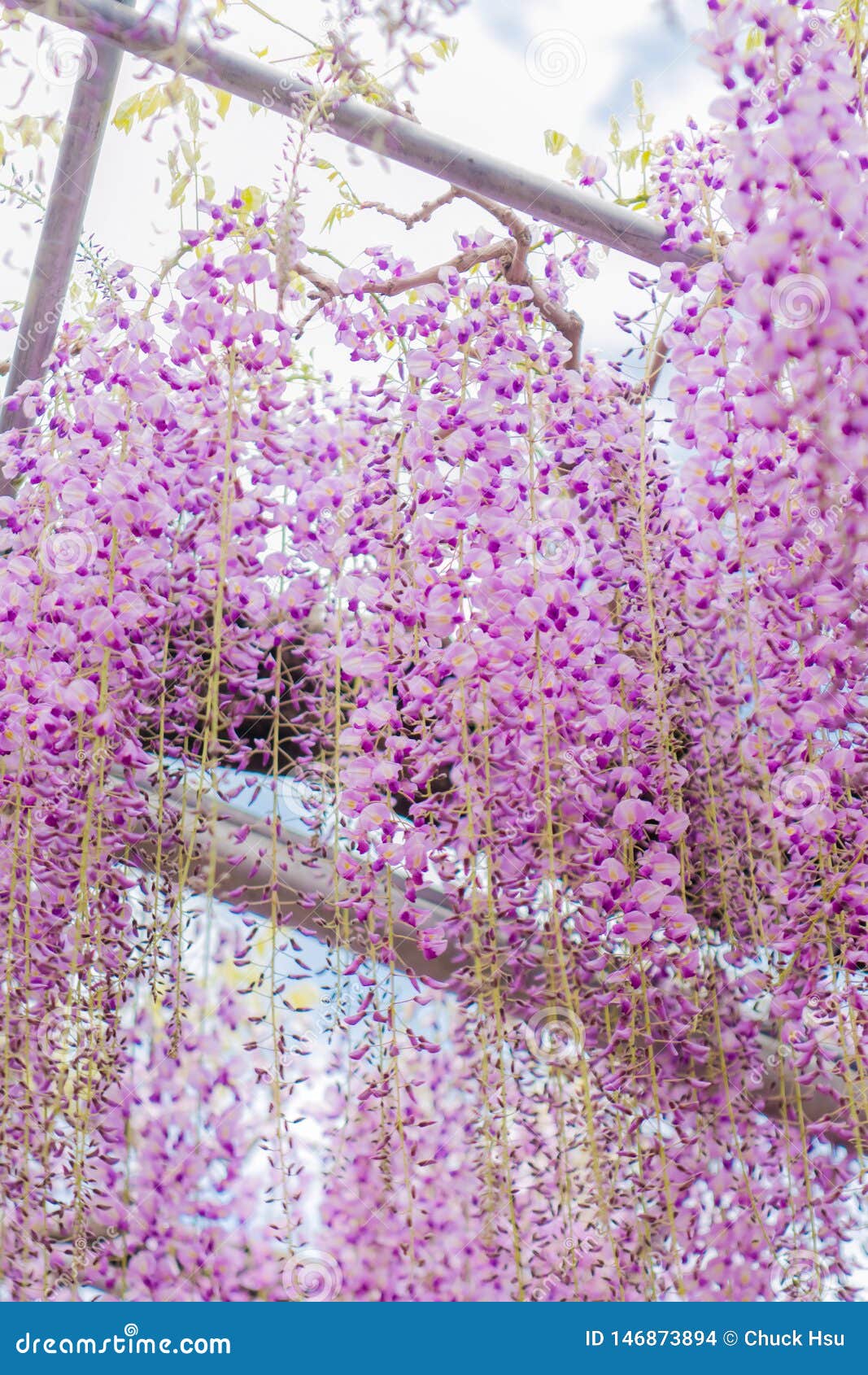

The leaves have a glossy, leathery appearance on the top surface and an attractive green iridescence underneath, making for an alluring effect when wind stirs the tree. As spring moves into summer the color softens, picking up more of a red hue, and in fall the tree puts on a bright yellow, orange and crimson display until the first frost strips the leaves away.

In shape they’re classic Maple, with five or more slender, deeply cut fingers spreading from a central stalk. When the leaves appear in spring they’re a rich, deep purple color with unusual black veins. The most spectacular feature of the Purple Ghost has to be its vivid foliage. Appearance and Colors of Purple Ghost Japanese Maple Trees

This is a fairly small Maple Tree, which usually grows to between eight and ten feet high in ten years, and has a spreading shape expect it to reach five to six feet wide. Purple Ghost is a very popular variety and, thanks to its appearance, it certainly deserves to be. However since trade with the Far East opened up in the 19 th century the trees have also become a firm favorite in the West, and they now grace many public and private gardens. Japanese Maple is, as the name suggests, native to Japan, China, Korea and neighboring regions. Some of the most impressive varieties are the red-leaved ones, and Purple Ghost is particularly attractive. With a range of cultivars in different sizes, shapes and even foliage colors you can find a variety to suit any location or garden style. There’s a huge variety to choose from but one of the most consistently popular options is the Japanese Maple ( Acer palmatum).
#Purple tree japan full
If you want to add interest to a garden, and especially if you’d like it to break free of two dimensions and make full use of the space you have available, trees are an essential element to include. We've gotta protect good ole' Mother Nature, after all. While we wish we could serve everyone, it's for the safety of native species and helps prevent the spread of invasive disease & pests. The short & sweet answer is: "United States Department of Agriculture Restrictions." Every state has their own unique USDA restrictions on which plants they allow to come into their state. You will receive email notifications along the way on the progress of your order, as well as tracking information to track your plants all the way to their new home! Why are some states excluded from shipping? Orders typically ship out within 2 business days. How does the delivery process work?Īll of our orders ship via FedEx Ground! Once your order is placed online, our magic elves get right to work picking, staging, boxing and shipping your trees. You'll find we carry young 1-gallons, up to more mature 7-gallons ranging anywhere from 6 inches to 6ft.

While the industry-standard terminology is to call the sizes "Gallon Containers", that doesn't exactly translate to the traditional liquid "gallon" size we think of. Nursery containers come in a variety of different sizes, and old-school nursery slang has stuck. This species is listed as an exotic invasive in several areas including the eastern United States.All tree, and nothin' but the tree! We measure from the top of the soil to the top of the tree the height of the container or the root system is never included in our measurements. Japanese wisteria can be trained as a small tree by staking a shoot upright, removing side shoots and restraining the top shoots by pruning for several years until the stem is self-supporting. Prune side branches back to a few buds in late winter, and remove any out-of-bounds growth in summer. Train youngsters to spiral up arbor posts to create a very cool look when the stem thickens with maturity. The beauty of these blossoms deserves to be front and center in spring so plant in high profile locations such as walkway arbors. Soil that is too high in nitrogen may promote leafage at the expense of flowers. Wisteria prefers full sun and humus-rich, well-drained soil. This vigorous twiner grows rapidly into a massive plant that can engulf pergolas and other structures. The compound foliage is light green and lush. The fragrant blossoms are followed by velvety green bean-like seedpods. The chains of fragrant pea-flowers open sequentially from the base of the flower cluster in late spring.


 0 kommentar(er)
0 kommentar(er)
